I settled on a location for the tank and boiler in the back right corner of the garden and laid a foundation for each over two days:
A simple combination of one part cement to five parts gravel/sand mix, laid on a bed of two inches of gravel.
Three days later:
The small slab for the boiler:
The trench being prepared for the 13 metres of Microflex insulated pipework leading back to the house from the boiler. It consists of a large diameter pipe with both an insulated flow and return pipe housed internally:
Yet further evidence of a stone based foundation of some description, likely for an old out house:
There was a bit of an issue with damp coming through the stone wall that makes up the ground floor of the red-bricked return. Turns out there is a small disused patch of land directly behind the stone wall, which was completely over grown. I climbed over the garden wall and spent an afternoon clearing someone else's garden.
This is the back side of the stone wall that makes up the lower section of my return. The stone to the left of the picture was completely covered in foliage and ivy; it was so bad I could barely get the ladder down into the garden. The walls were soaking wet:
I also dropped the ground level about ten inches, pulled the ivy from my roof and fixed the guttering.
I originally had planning permission to knock the small 1950's lean-to extension at the back of the return, however have since decided to keep it and have two new sash windows made and installed to open up the interior space. The sashes will be made by a local joiner to match the existing original sashes exactly. One of the windows will fill an existing opening, the other will position in a new opening at the end of the extension:
The opening below was present when I bought the house, however was much smaller with no arched head and had a horrible 1950's timber frame installed. I since had it heightened, widened and the arch installed to match the others, however it transpired this opening was six inches wider than the other openings as a result of not being specific enough with the builders:
One of few times in the project where work has had to be undone, so all is good. I had it re-sized to match the other openings and it now looks great:
New windows are currently being made to fill both of these openings.
As the heating it to be turned on shortly, I had the final window of the main house fitted at ground floor level, which will make up the kitchen window. Again the original sashes were retained, new ropes and pulleys installed, correctly weighted and then draught-proofed:
The new lime render still looking fantastic:
Further update 02/03/2016.
Boiler installed and pipework laid:
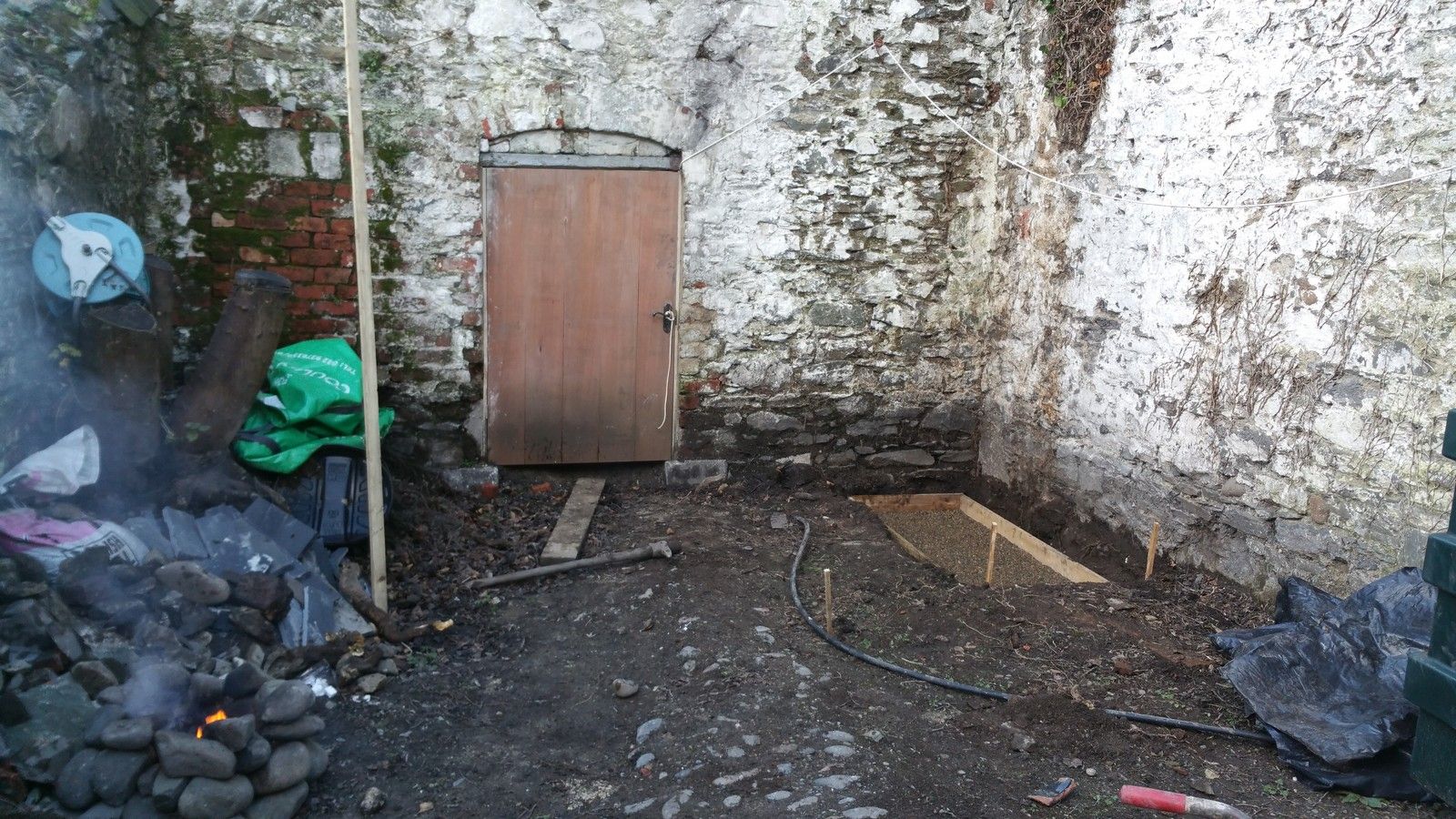
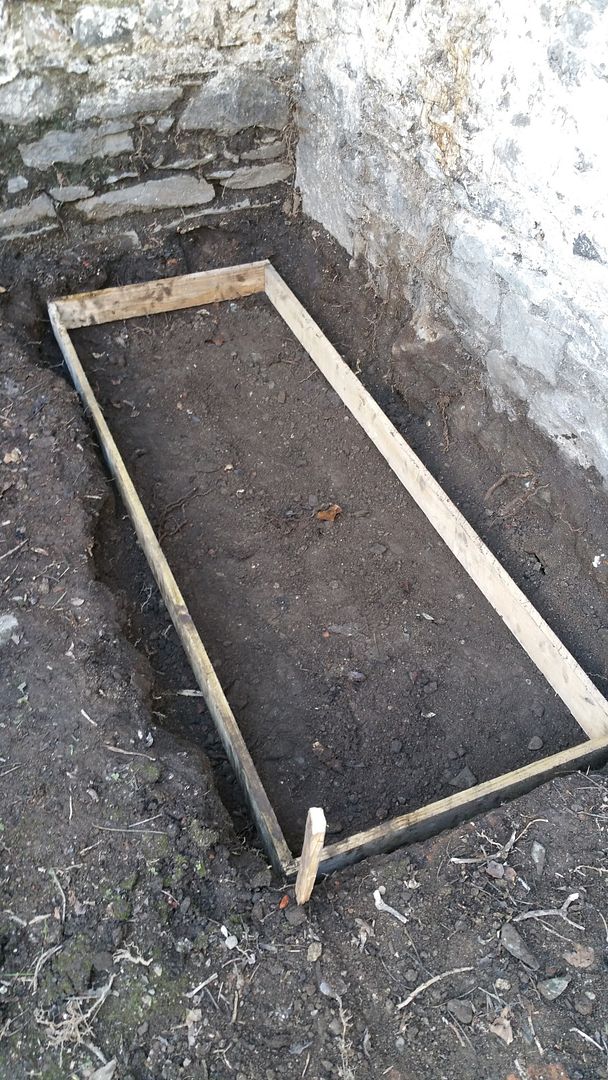

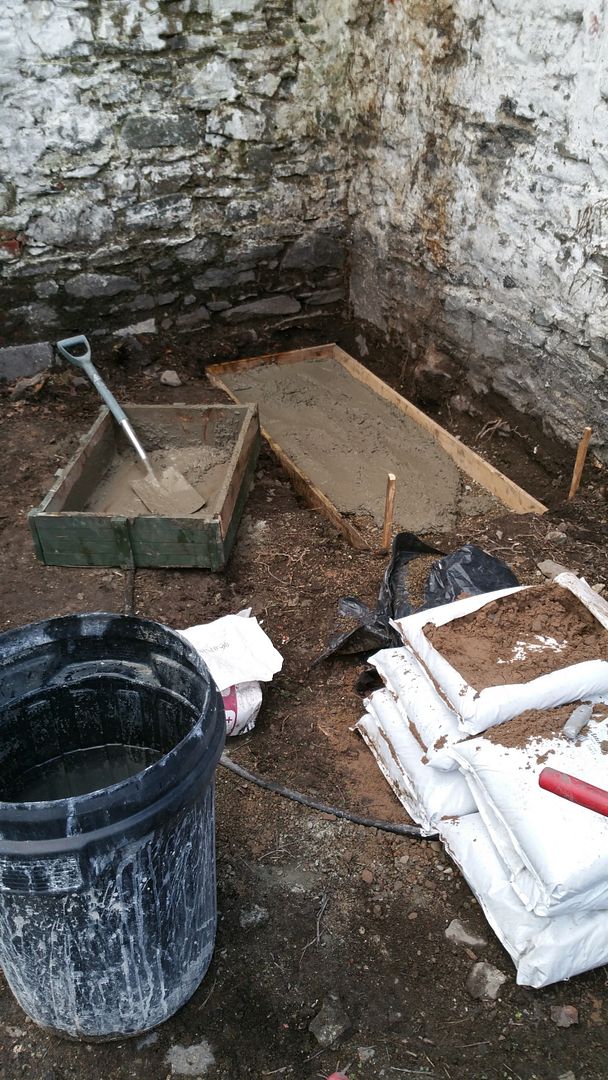
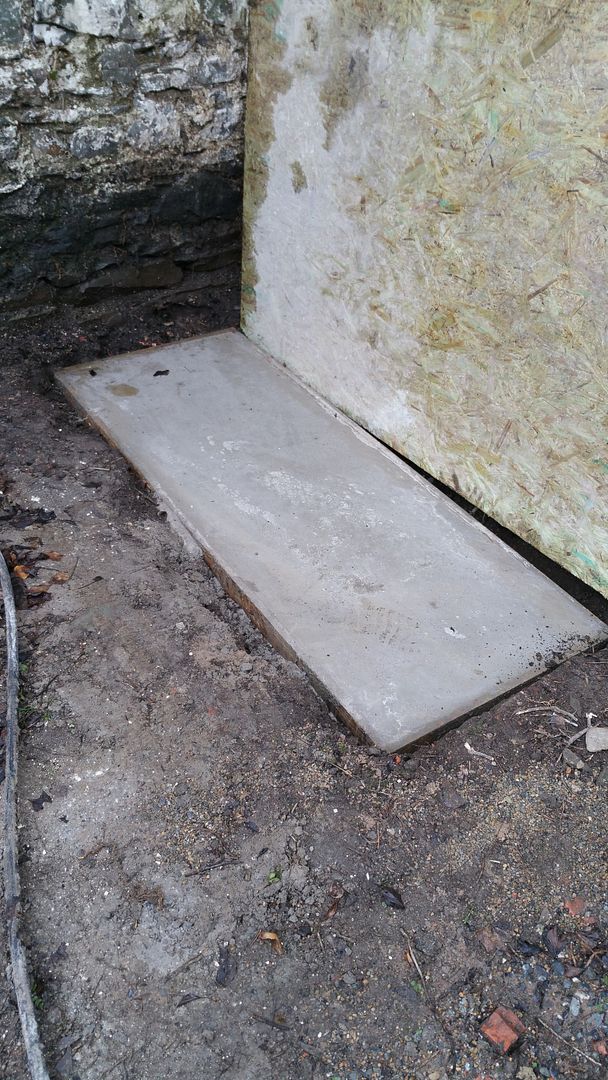
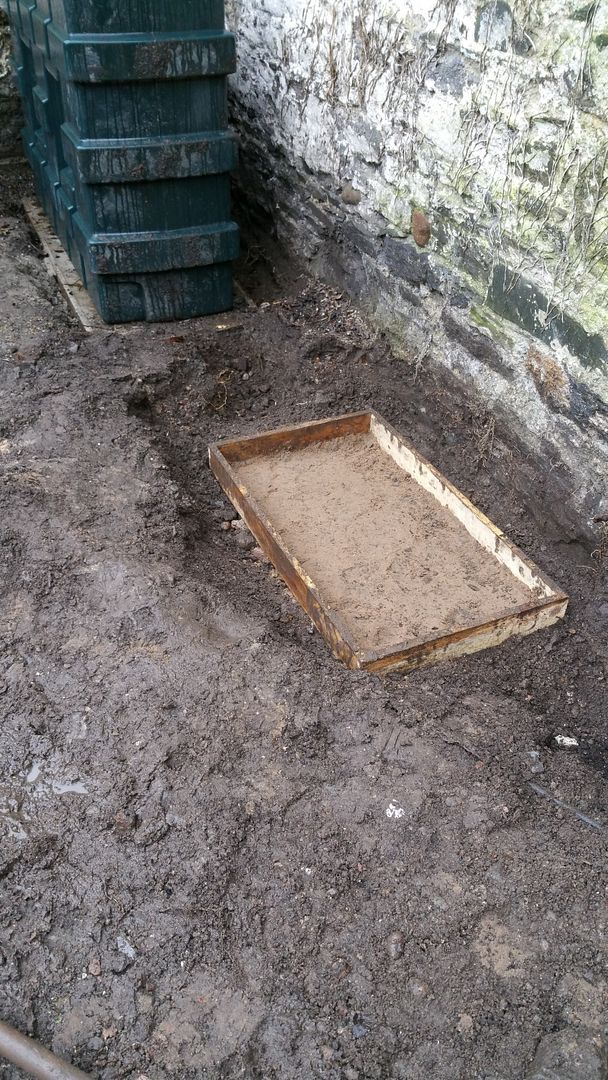

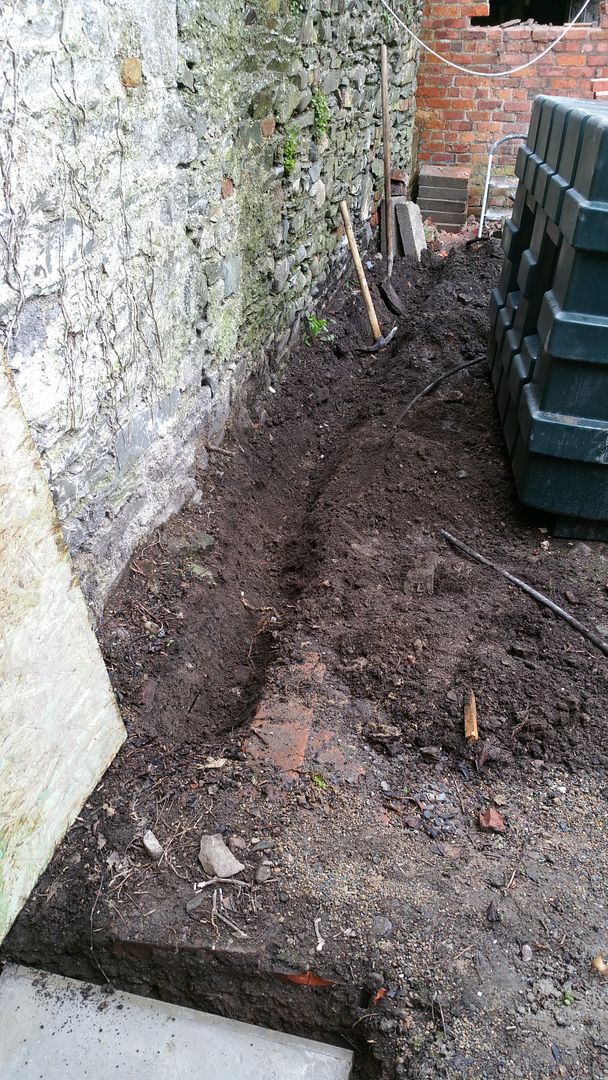
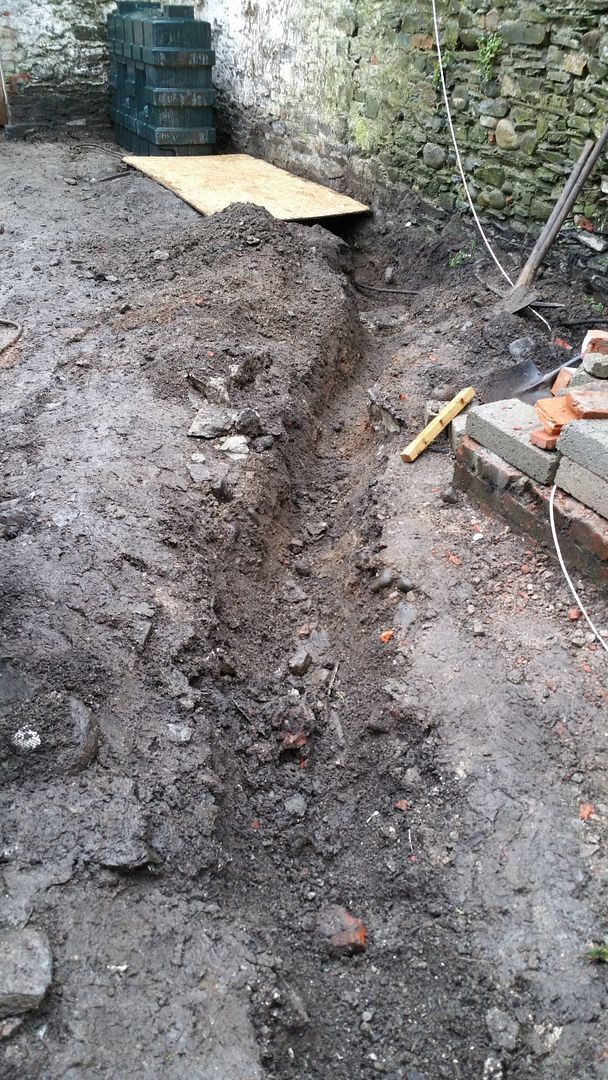

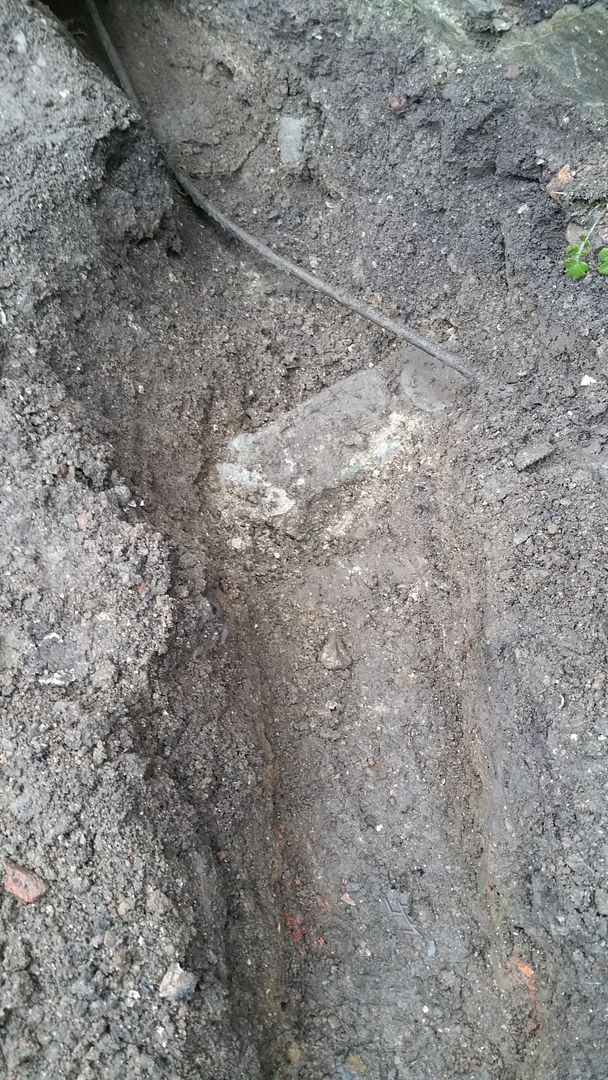
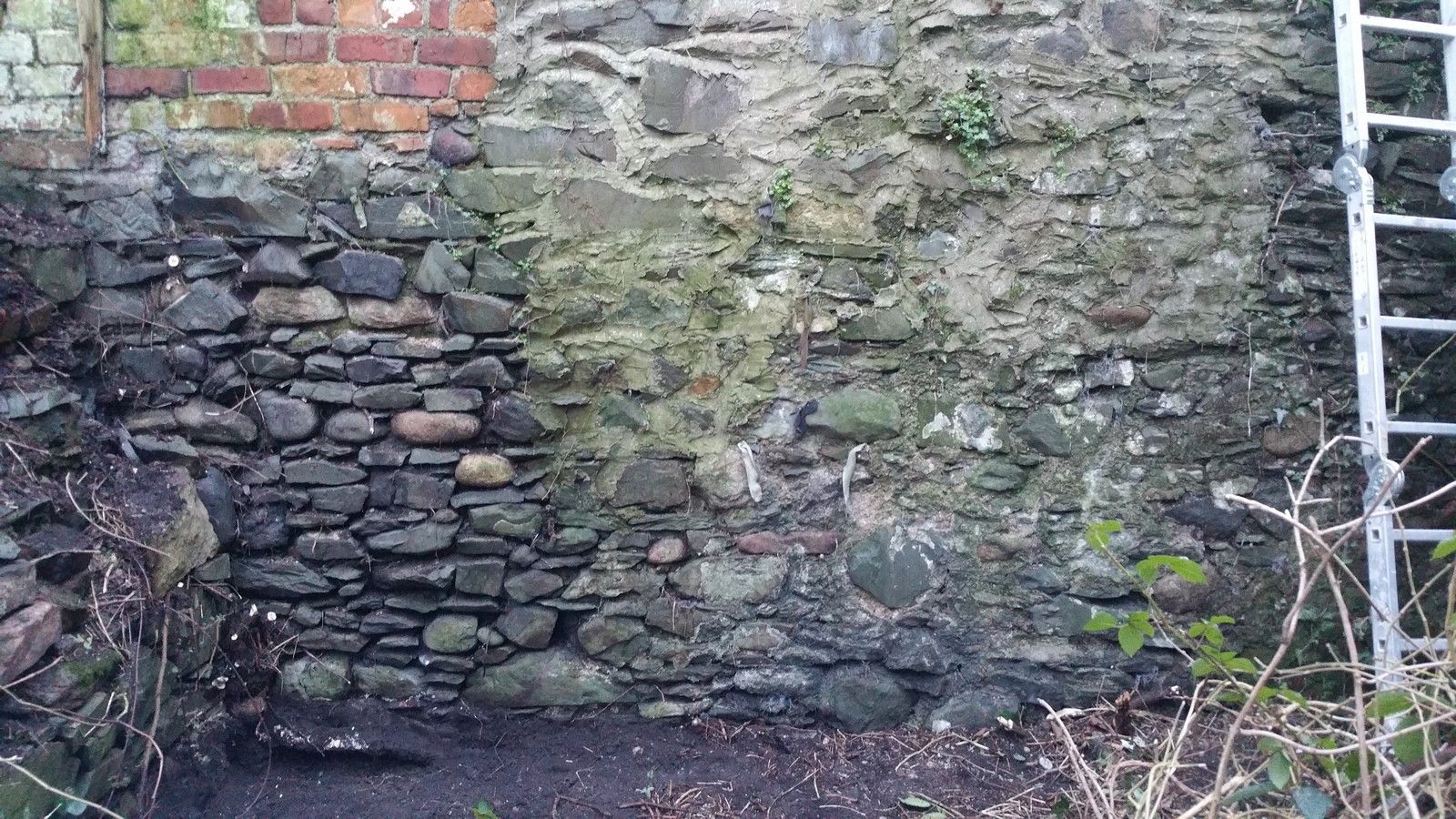
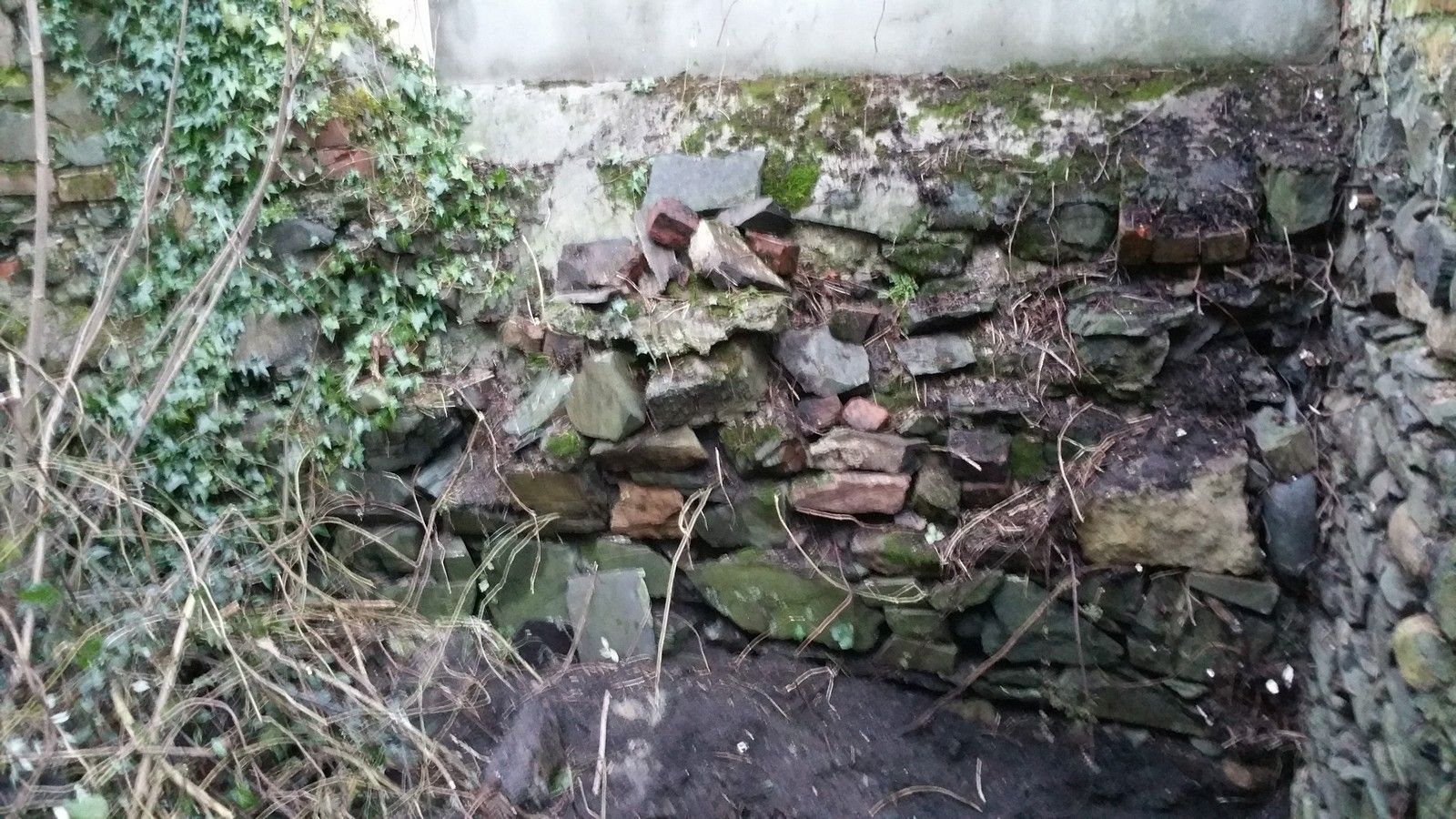
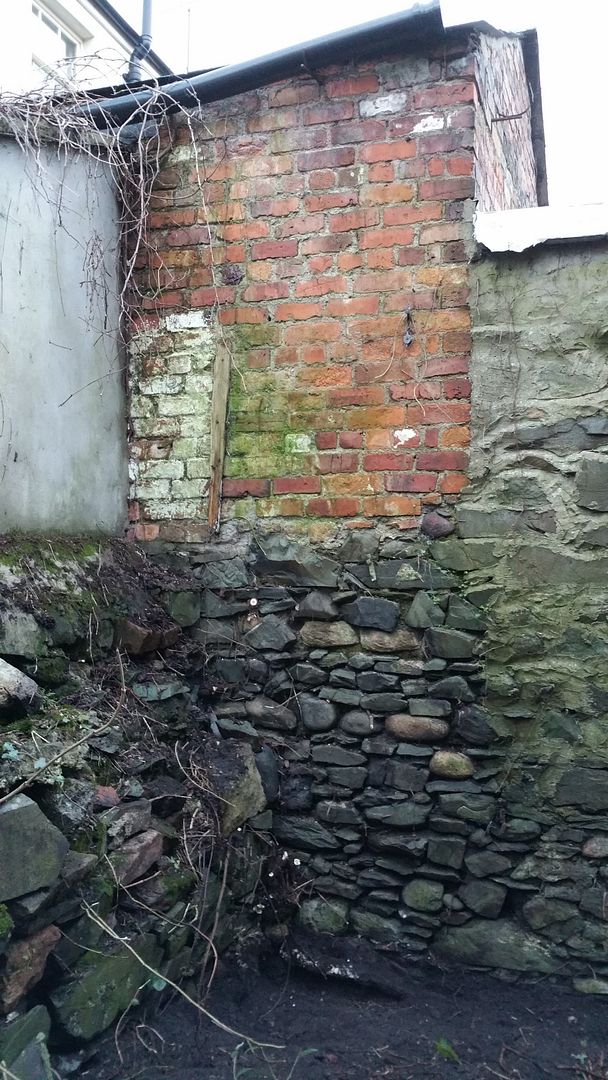
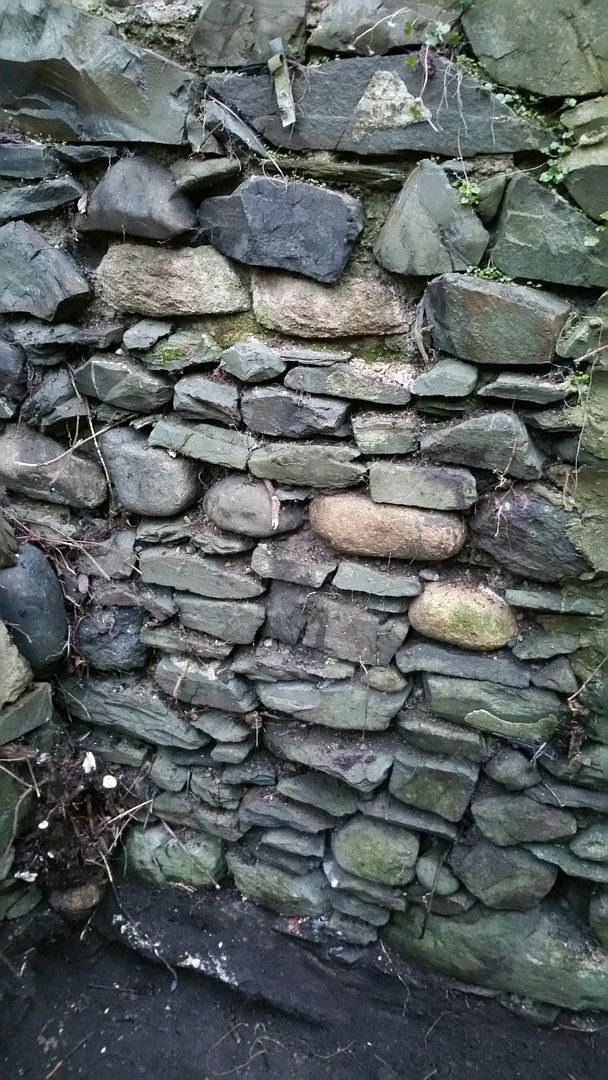
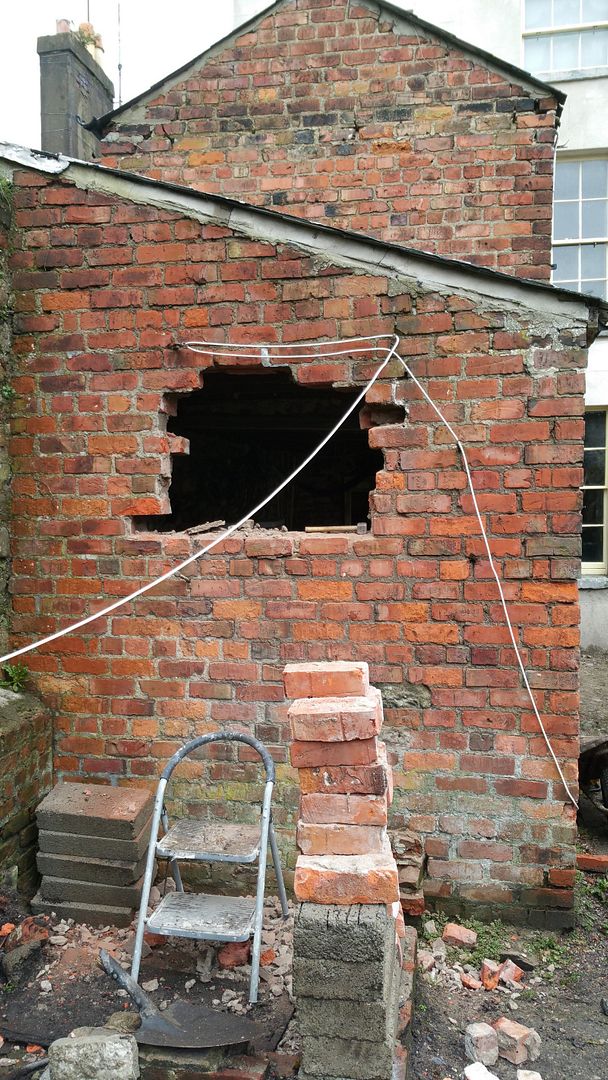
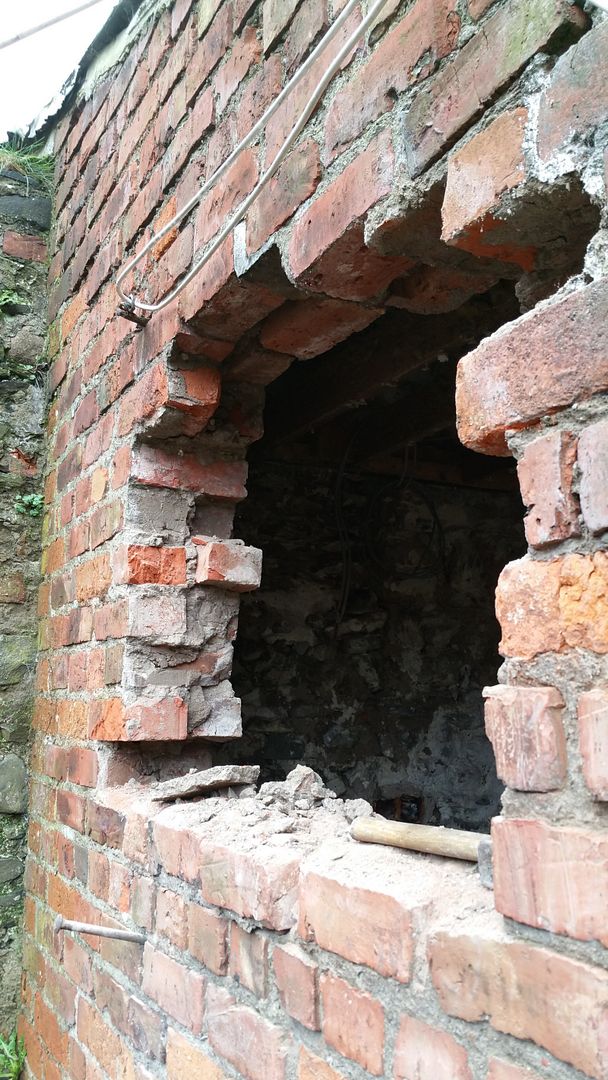
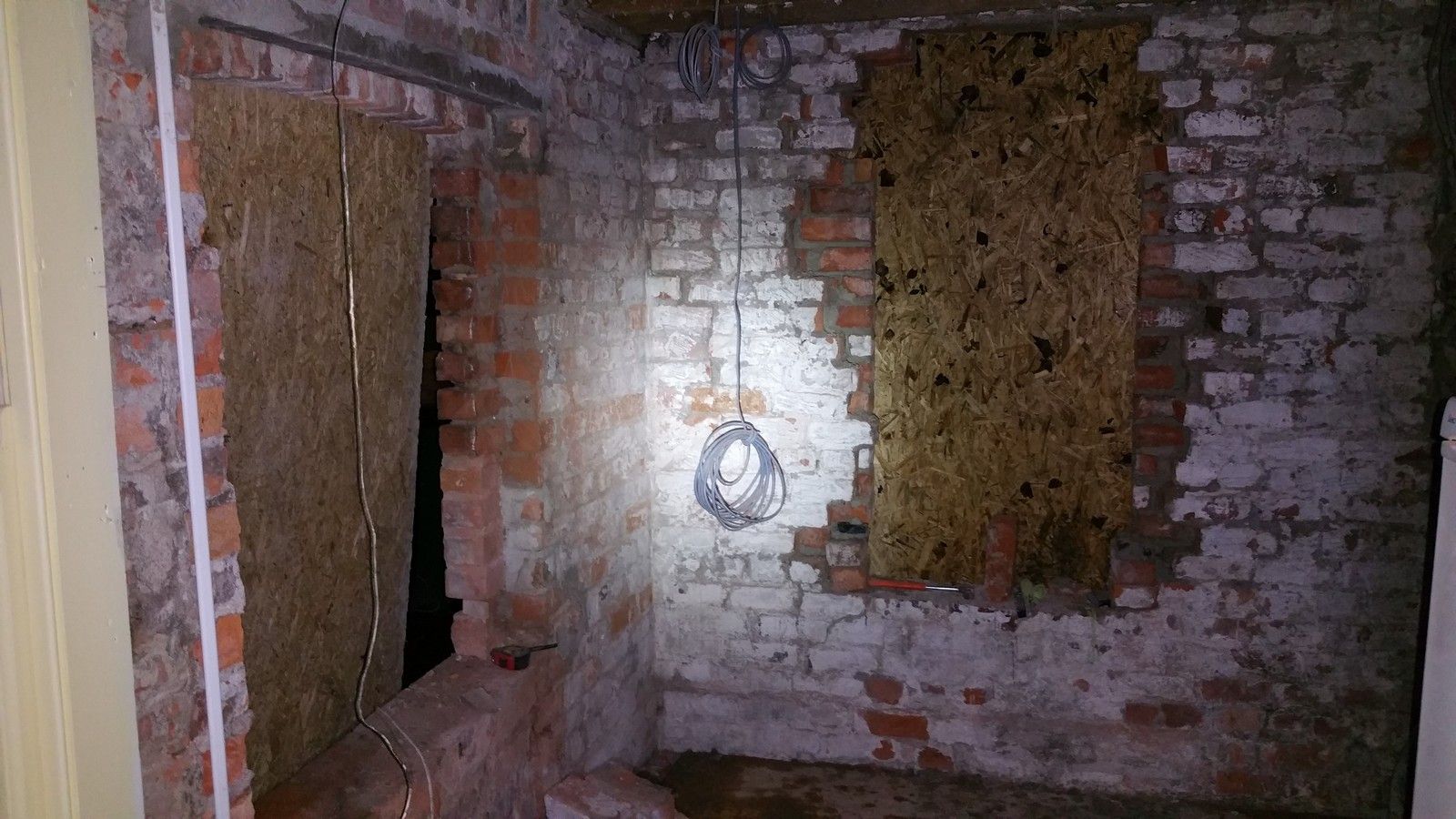
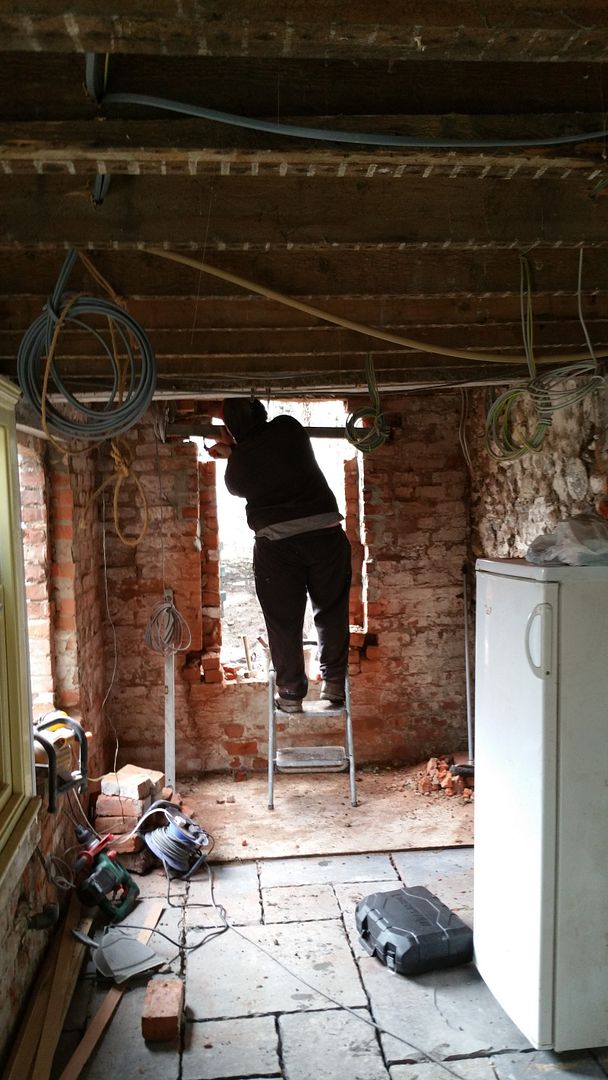
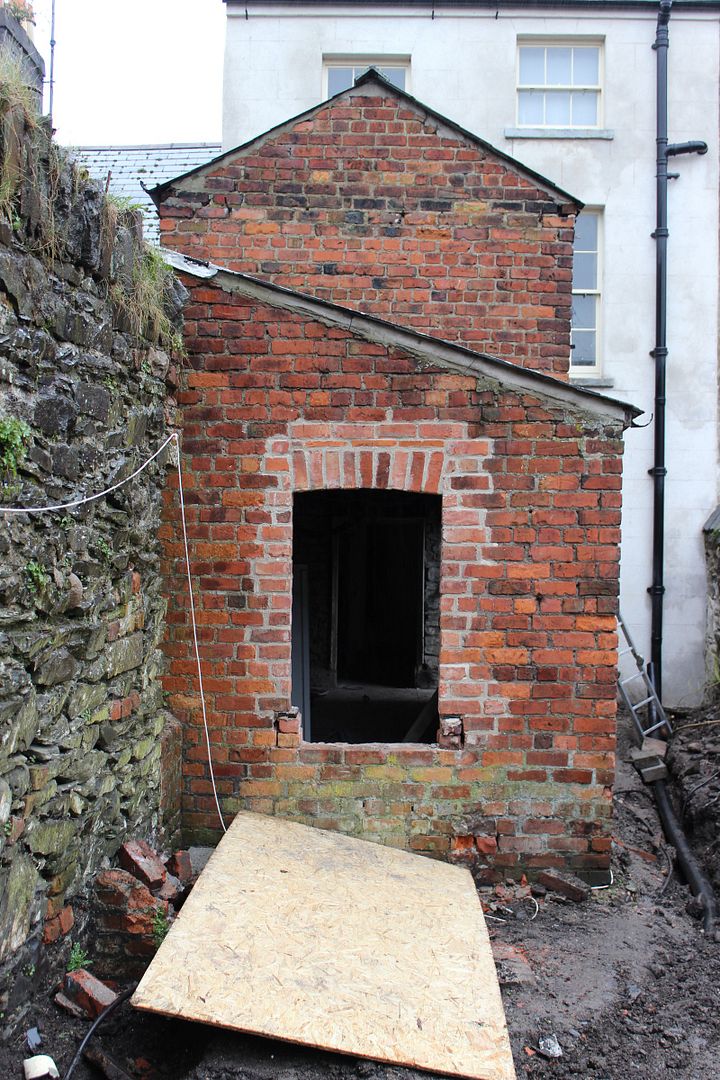

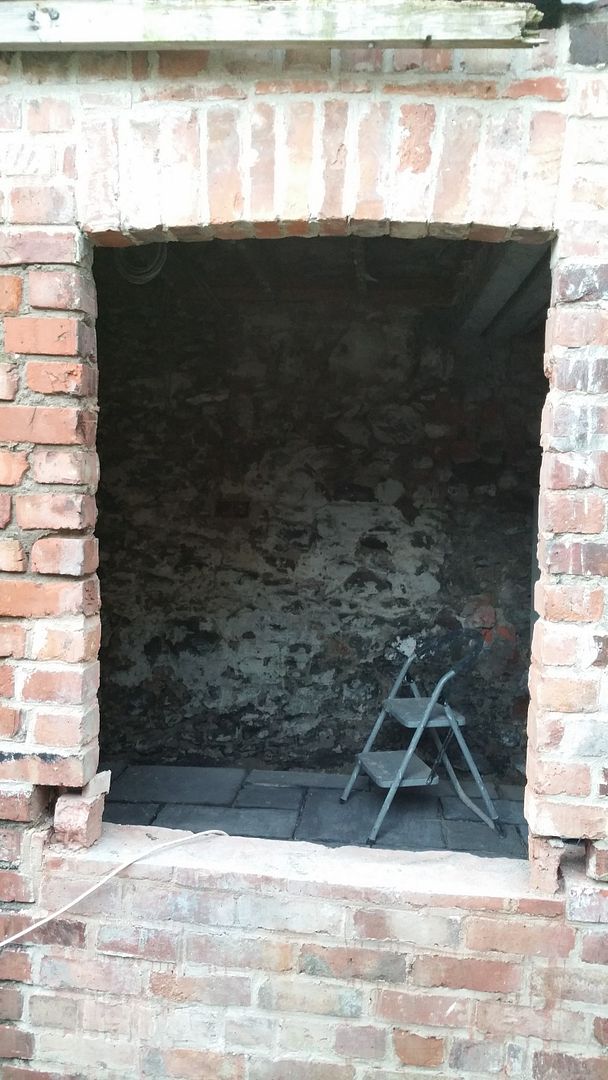

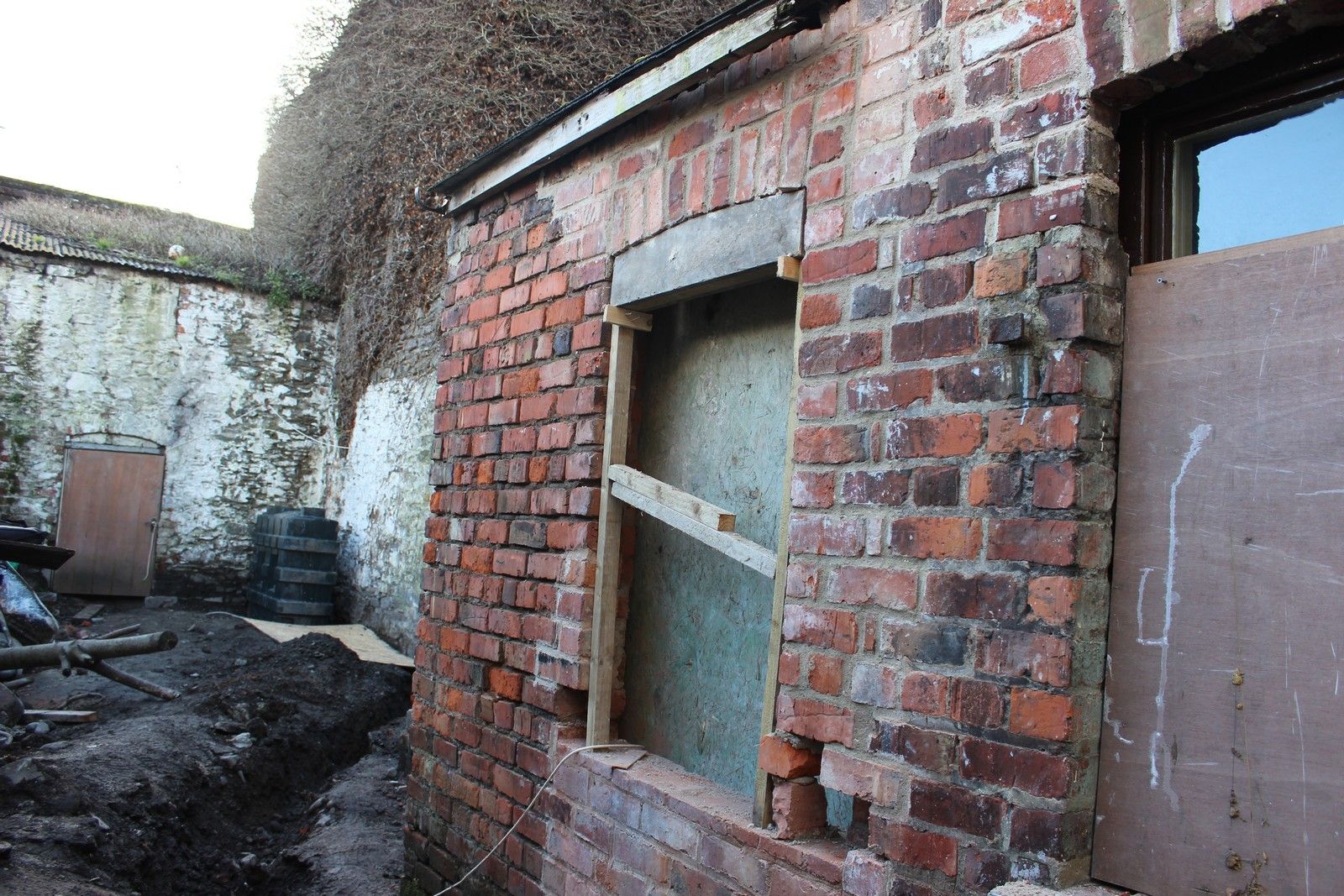

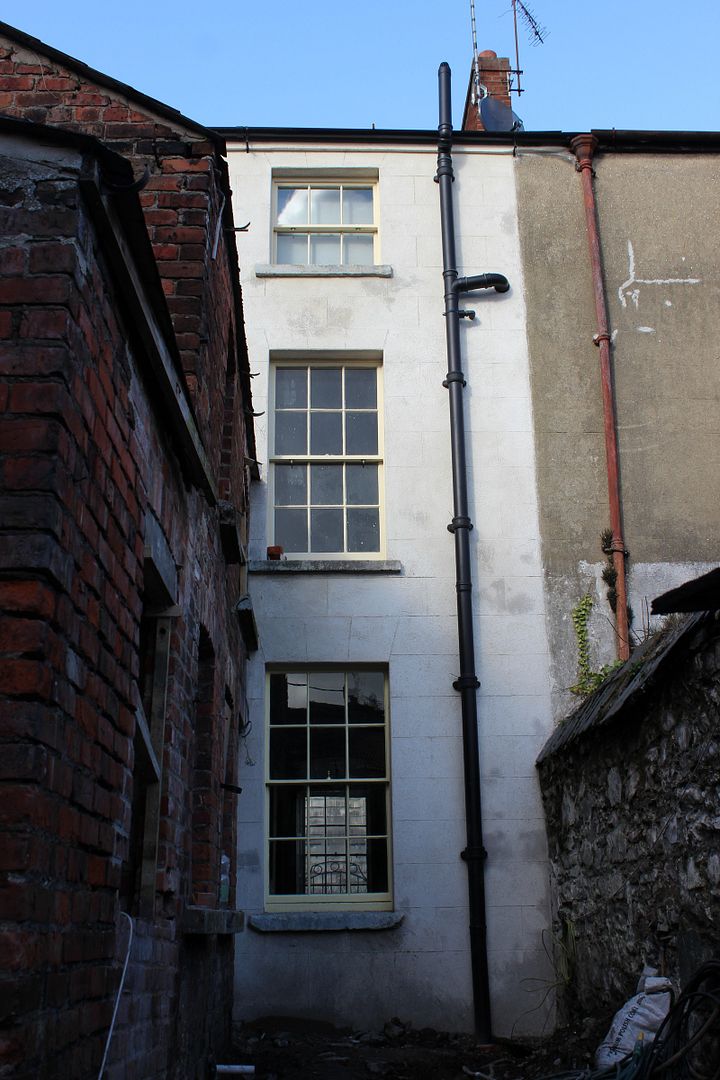
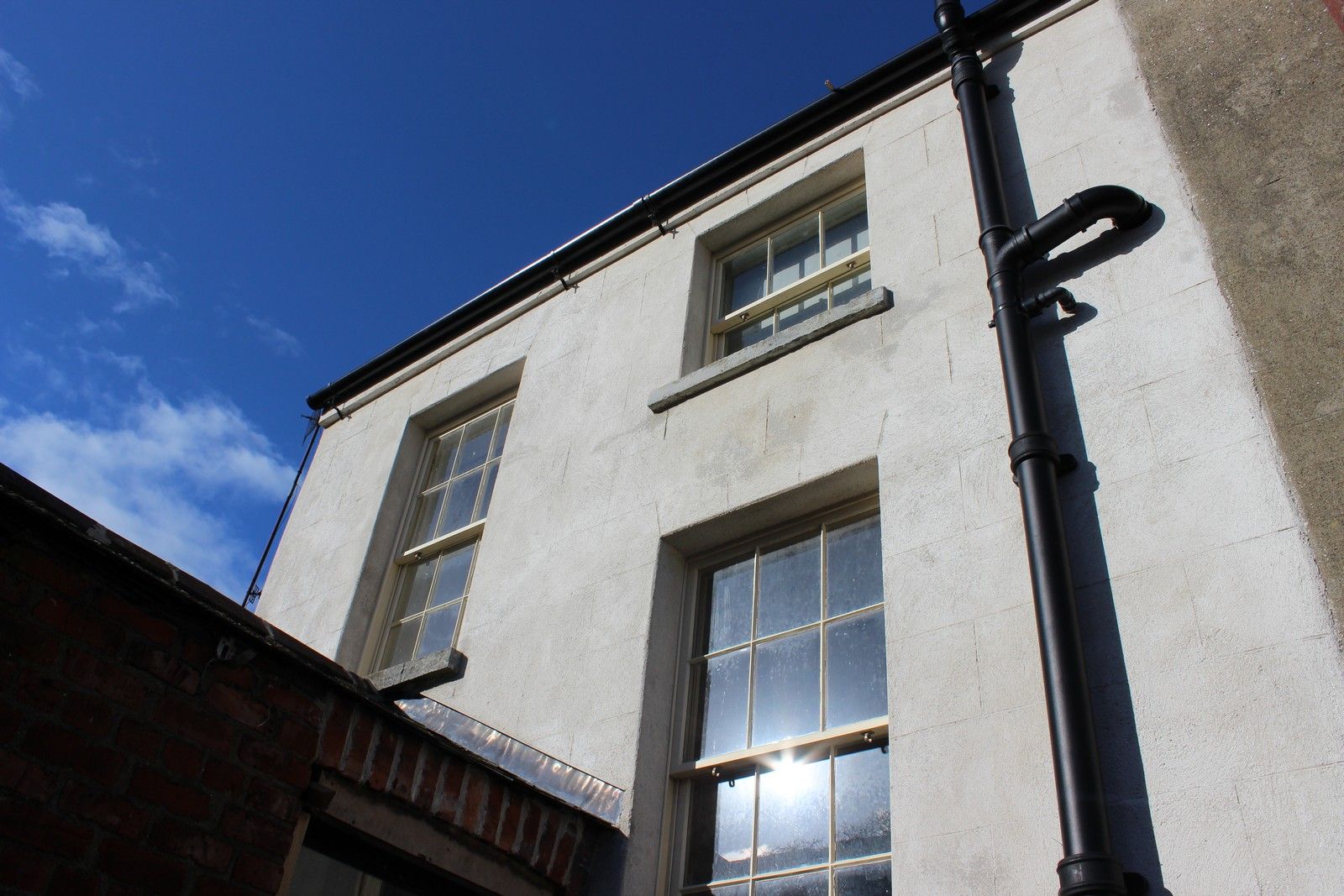

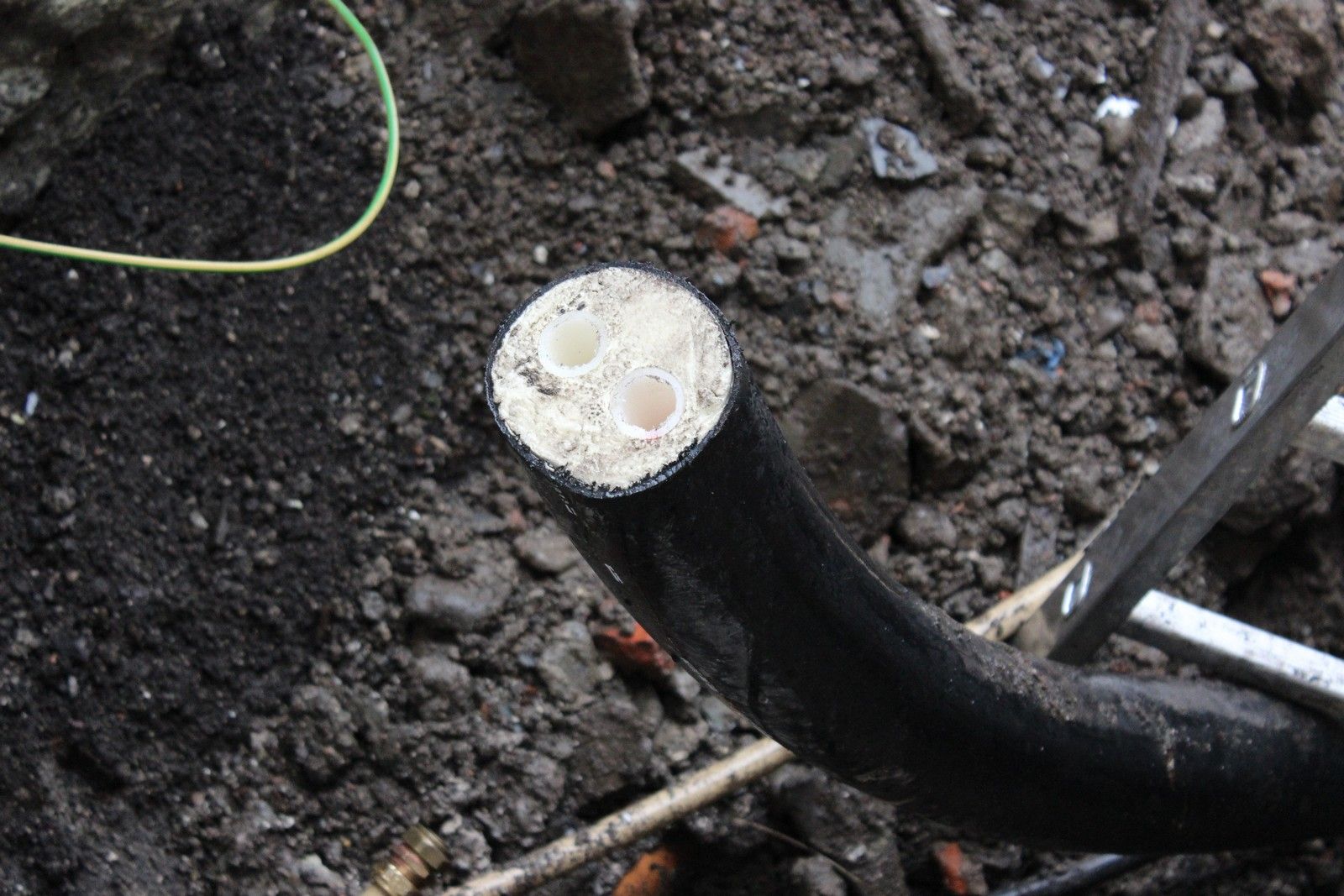

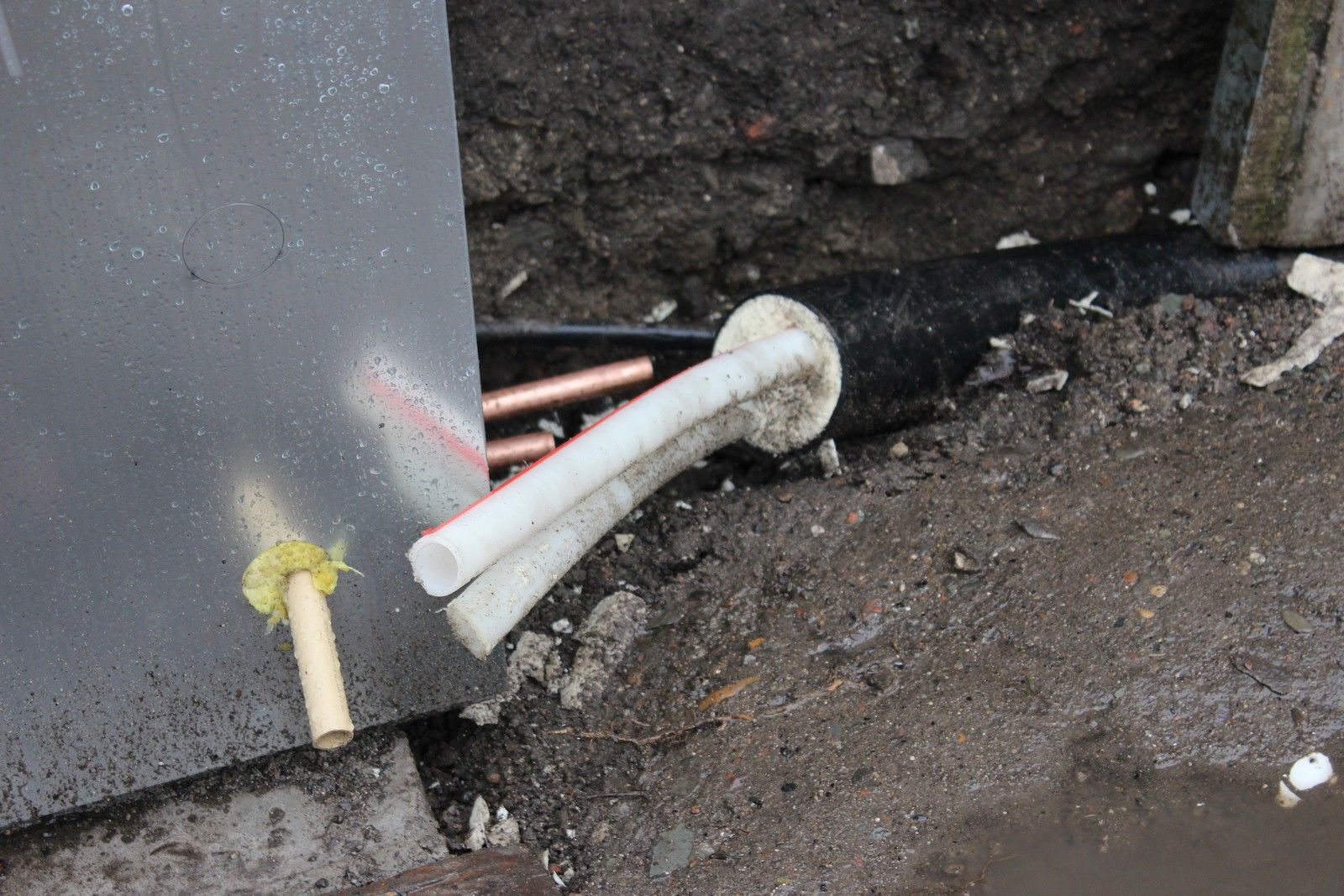
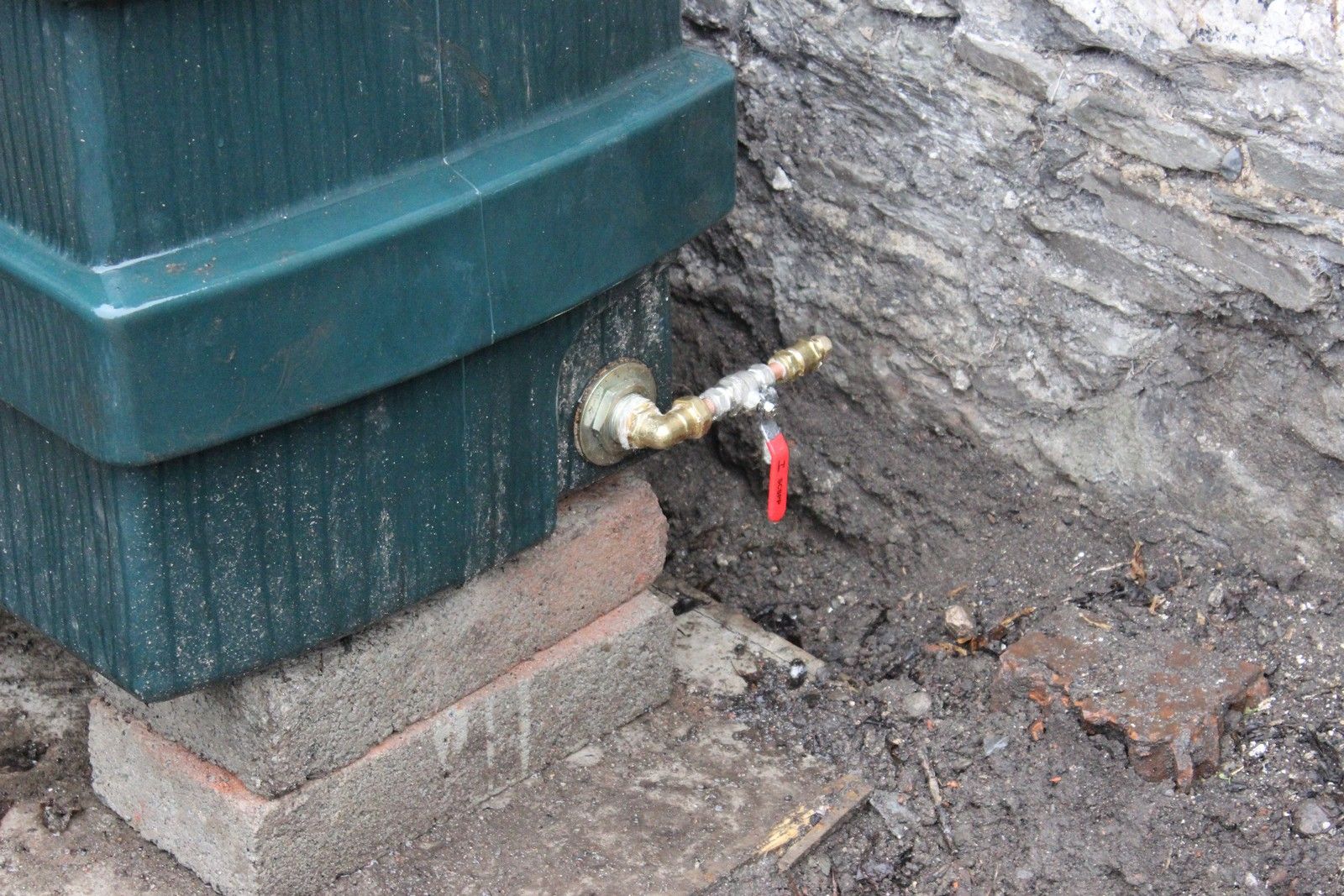
The new lime render does indeed look fantastic
ReplyDeleteWe have been following your project with great interest as we are undertaking a similar project with the same challenges on a listed house in County Mayo. We have internal lime plastering work to undertake but are having difficulty pricing this and estimates are hard to pin down in terms of time and cost. Do you have a guide per square metre based on your own experience. I can forward my email if it is not visible in comments. Kind regards Peter
ReplyDeleteHi Peter.
DeleteBest of luck with your project. Unfortunately I have no real useful contacts for you seeing as you're on the other side of the country, however I have no doubt there are plasterers who still deal in lime on the west coast. I don't really have any prices for you, as my plastering jobs have been somewhat start-stop and part of bigger jobs so it's hard to separate the plastering costs.
Lime plastering isn't hugely more expensive than regular plastering, however there is a lot more material and labour required and waiting time in between coats. It also depends a lot on what your walls would be like and how much correction they require.
It's worth getting two or more quotes if you can.
Best of luck.
Stephen
Hi Peter,
DeleteI too am embarking on renovating - it's an 1820's townhouse. I enquired with the plasterers about lime render only today; €19-20 per sqm for standard sand cement/gypsum plaster and €50 sqm for lime. The cost, as Stephen accurately says, is due to materials (fibre to bind mixture), labour due to work ability and lime coats require 3 days drying period for each coat. Depending on how bad the walls are depends on the volume of materials required.
I have been considering hemp board as dry lining to the internal walls, it might be worth looking into if you are seeking to improve thermal performance.
Hope that helps.
Stephen, can I say thanks for the blog, it has been a great starting point for me and I'm sure others. Your place is looking great.
Thanks again,
Mary
Glad to be of help! Best of luck with your home.
DeleteStephen
Hi Mary
DeleteMany thanks for this information which we will find very useful when gauging the prices we receive.
Most of our work is repairing damage up to the one metre line where damp has loosened the original lime plaster. However, we will have one room which has been stripped back to the stonework and another room were part of a wall had been studded with plaster board allowing dampness to transfer from the outer wall.
Our house is listed so internal is not possible and would interfere with the original features which are in good condition.
Good luck with your own project - we have found it challenging but has great satisfaction when it all comes together.
Peter
Home Renovations during a Home Appraisal-Can it be done?
ReplyDeletelubbock roofers
This comment has been removed by the author.
ReplyDeleteThanks for sharing these ideas about using marble in interior design.
ReplyDeleteinterior lining stones Ireland
decorative stone cladding Dublin
natural stone wall finishes
limestone interior panels Ireland
stone veneer for interiors
Irish stone lining suppliers
stone wall cladding for homes
interior stone design ideas
rustic stone finishes Ireland
stone lining for modern interiors
Thanks for sharing these ideas about using marble in interior design. interior stone cladding Switzerland
ReplyDeletenatural stone wall panels Zurich
decorative stone interiors Switzerland
quartzite lining stones Switzerland
slate veneer walls Switzerland
custom stone finishes Switzerlan
Thanks for sharing these ideas about using marble in interior design.
ReplyDeleteNatural stone wall cladding Austria
Interior stone lining Vienna
Luxury stone finishes Austria
Marble and granite wall panels Austria
Custom stone interiors Austria
Architectural stone surfaces Austria
Stone veneer design Austria
Premium stone tiles Austria
Residential stone lining Austria
Interior stone craftsmanship Austria